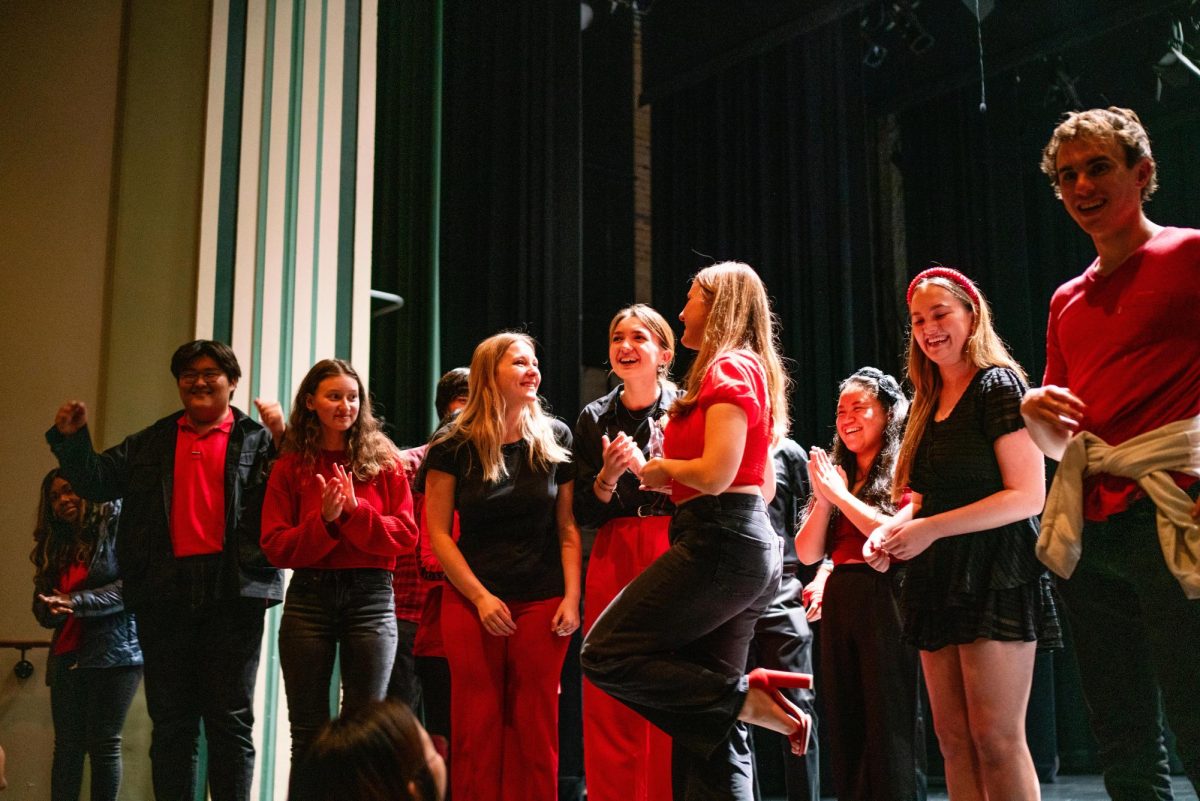The University team Unified Communications, or “UC”:https://www.dailyillini.com/index.php/article/2011/04/university_establishes_central_office_for_communications, is taking the next step in its campus-wide initiative to bring user email, calendaring, voice and chat all into one place.
Campus Information Technologies and Educational Services, commonly referred to as CITES, rolled out a preview of the system to a small number of individuals and expects to start implementing the project in early 2012.
The biggest change from the current system is that the voice service will be online through the Microsoft Lync software, instead of the traditional phone lines.
“We (currently) have the plain old telephone system,” said Charley Kline, CITES information technology architect. “And that’s the same technology that’s been around since the 1960s. This is a big step ahead, and we could move forward to new technology.”
*Next steps*
Get The Daily Illini in your inbox!
CITES expects all faculty, staff, graduate and professional students to be on the UC email by the end of the year. The University will then gradually roll out the voice component after its “Voice Kickoff” presentations Nov. 14.
Greg Gulick, UC program manager, said the details are still being worked out regarding which departments will receive the new service first. He said there is going to be a period of overlap as the current contract does not expire until the summer.
“The approach on voice is there is going to be a period of time of parallel operations between the new voice and the existing phone,” Gulick said. “What this does is it is going to give users the opportunity to get used to the new technology while still having their existing phone.”
There is not much concern that full deployment of the project will not be completed by the July 2012 deadline, said Michael Hites, the University’s executive chief information officer.
Even if there is a delay, the University has the option to latch onto the state’s generic contract.
Kline said that contract is somewhat more expensive per line.
Under that contract, which any state agency can use, the University would pay per line as it does now.
*Expected savings*
The UC project developed out of a recommendation from the information technology project team of the Stewarding Excellence initiative.
Kline said the campus is paying AT&T about $3.5 million a year for its current phone system.
“That goes down by $3 million dollars, and it is replaced by the cost of this system, which does not come close to making up the difference,” Kline added.
The exact amount of savings is not currently known. The initial investment, which was expected to be over $1 million, is expected to be recovered within two years.
Tony Rimovsky, UC program sponsor, said one of the biggest reasons the project is cost-effective is the University’s investment in its data network over the last ten years.
“That being in place allows us to capitalize on (the savings),” he said. “Other campuses, for example, have looked at building completely separate networks to do voice over IP services like this independent of their campus data network, which is a fairly substantial cost.”
*Concerns raised*
Reliability issues have been raised as land-line telephone service is more reliable than the Internet-based service, especially when there is no electricity. However, in such a scenario, there are redundant servers for email and voice in both Urbana and Chicago, by way of which information could be transmitted over the high-speed data network.
Kline said the UC team did not target the five nines, or 99.999 percent, reliability because most University businesses do not need it at that level. He said the one possible case it would be necessary for would be an emergency situation.
“We’re going to have a small number of land-line phones in either hallways or some place so that if there’s no power, you can use that,” Kline said.
“And also, we’re assuming that not everybody, but a lot of people have cellphones and those always work for that kind of thing.”
Hites said since it is a new tool, there will be more concerns.
But every time one of these concerns comes up, there is a governance committee to discuss the options and “the best way to move it forward.”
“One thing we’re not going to do is jeopardize the safety of the people that are using the server,” he said.
*Project reception*
Rimovsky said a pilot program over the summer showcasing the new technology showed the UC team that the changes will be handled well by the campus community.
“We just thought it would show the concept … Most of the people who were testing it were kind of upset when we took it away from them,” he said.
As for acquiring the new phones and handsets, the decision will be left to the individual departments themselves. Phones and handsets will range from $20 to several hundred dollars.
“This does not have to be high-end device replacements; in fact, that’s what we’re hoping to avoid,” he said.
“We encourage most of the campus to use the software client (Lync) to whatever extent they can because the experience of using it is better that way.”
Hites said the industry had been migrating to similar systems, and the goal for the campus was to unify numerous methods of communications.
“The idea was to go to a service that has more components, more features than the normal phone (and) handset,” he said. “Rather than that, to use a feature set that could be delivered through a computer, which includes your text, IM, chat and your phone service.”








